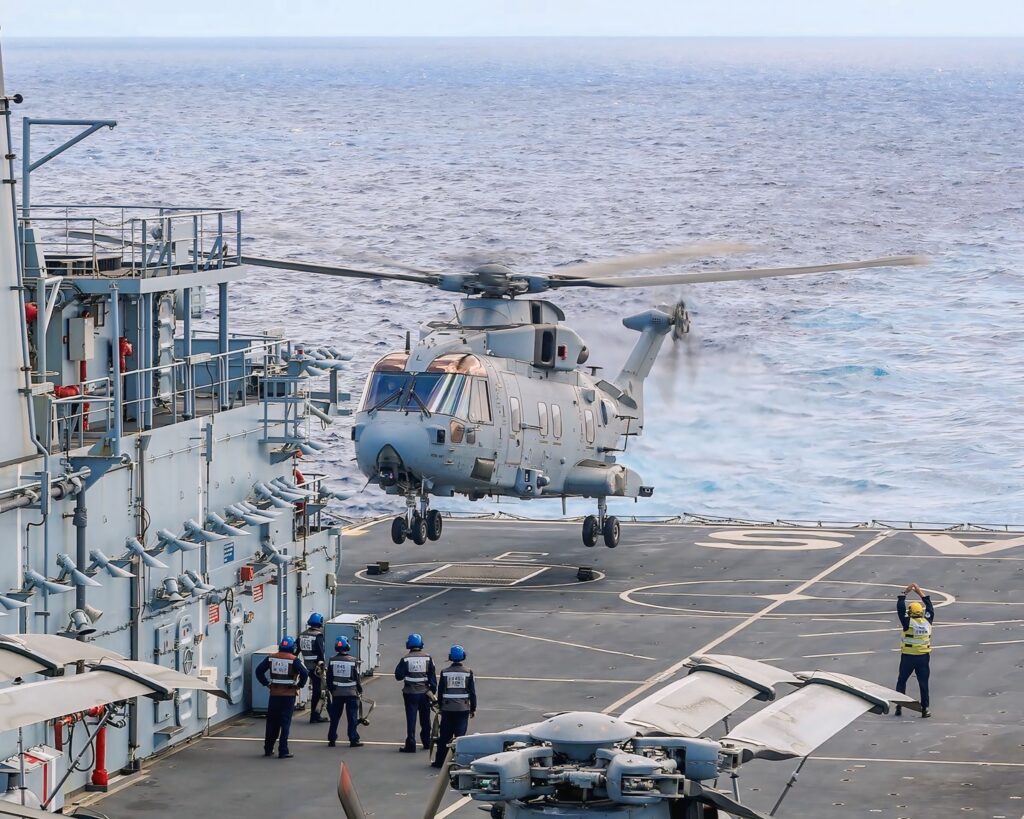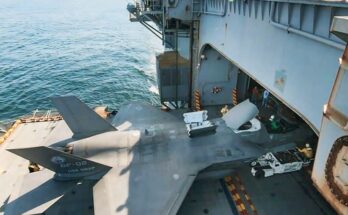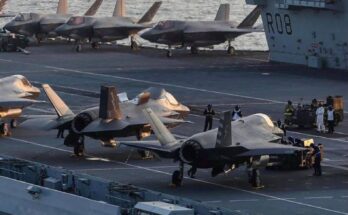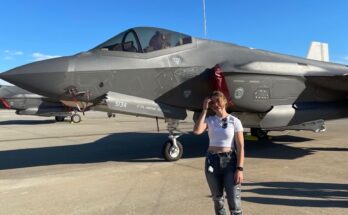
The AW101 Merlin is one of the most versatile and advanced helicopters in service today, combining long-range endurance with the ability to perform a wide range of missions. First introduced in the late 1990s, the Merlin has become a key asset for both military and search-and-rescue operations across the world. Its history reflects decades of development in rotorcraft technology, while its capabilities demonstrate why it continues to serve as a frontline helicopter for many nations.
The story of the AW101 begins in the 1970s, when the United Kingdom and Italy both sought a replacement for their aging anti-submarine warfare helicopters. Recognizing the value of cooperation, the two countries formed a joint venture called EH Industries, which brought together British and Italian expertise in aerospace design. The result of that partnership was the EH101, later rebranded as the AW101 after AgustaWestland merged into Leonardo. The first flight took place in 1987, and after years of refinement, the helicopter entered operational service in the 1990s.
From the outset, the AW101 was designed with flexibility in mind. Its large cabin and advanced avionics meant it could adapt to different missions with minimal modification. For naval forces, the Merlin is an essential tool in anti-submarine and anti-surface warfare, capable of carrying torpedoes, depth charges, and advanced sonar systems. Its radar and electronic sensors allow it to detect threats at long range, while its three powerful Rolls-Royce Turbomeca RTM322 engines give it the strength to carry heavy payloads and operate in challenging environments.
Beyond combat roles, the AW101 has proven invaluable in transport and search-and-rescue missions. With space for up to 30 fully equipped troops, it can act as a tactical transport helicopter, moving personnel and equipment quickly to where they are needed most. Its long endurance and advanced navigation systems also make it an outstanding platform for search-and-rescue. Equipped with winches, medical gear, and room for stretchers, it has saved countless lives in maritime emergencies and natural disasters.
The Royal Navy’s Merlin HM2 variant is perhaps the most advanced version in service. It features upgraded mission systems, digital cockpits, and enhanced radar that allow it to track multiple targets simultaneously. These helicopters are often deployed on board carriers like HMS Queen Elizabeth, where they act as the fleet’s “eyes and ears,” extending the reach of sensors far beyond the horizon. Other operators, such as the Italian Navy, the Royal Canadian Air Force, and the Portuguese Air Force, use their AW101s for roles ranging from troop transport to combat search-and-rescue.
One of the helicopter’s greatest strengths is its ability to operate in harsh conditions. Its design includes de-icing systems, robust landing gear, and the power to fly in extreme weather, whether over the North Atlantic or in desert climates. This adaptability has ensured that the Merlin remains relevant more than 25 years after its introduction.
In summary, the AW101 Merlin stands as a testament to international cooperation and innovative engineering. Its history traces back to a shared need for a modern maritime helicopter, but its legacy has grown far beyond that. Today, it remains one of the most capable and reliable helicopters in the world, a machine equally at home in combat zones, disaster areas, and rescue missions.


